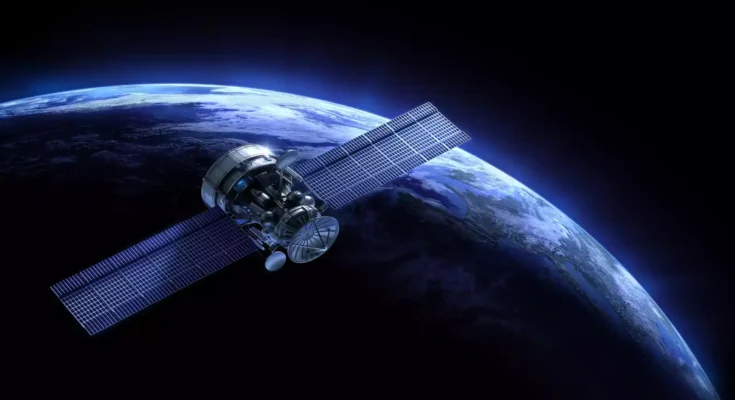China has officially surpassed Elon Musk’s Starlink in satellite data transmission speeds, setting a new benchmark in space communication technology. The country’s latest breakthrough—100 Gbps satellite-to-ground laser transmission—leaves Starlink behind and raises critical questions about the future of global satellite-based internet services.
China’s Game-Changing Innovation
The technological leap is led by Chang Guang Satellite Technology, a Chinese company behind the Jilin-1 satellite constellation. By integrating laser-based communication into its satellite network, China has achieved unprecedented data transmission speeds that could redefine the industry. Unlike SpaceX’s Starlink, which primarily relies on radio frequency (RF) communication and has yet to deploy satellite-to-ground laser technology on a large scale, Chang Guang has moved swiftly to commercialize this next-generation solution.

The company’s strategic initiative involves deploying a vast network of 300 satellites by 2027. This large-scale implementation will establish a robust satellite-based communication framework, ensuring high-speed, low-latency data transmission for various applications, including navigation, remote sensing, and even early-stage 6G internet infrastructure.
How Laser-Based Communication Works
Traditional satellite communications rely on RF signals, which are effective but face bandwidth limitations and susceptibility to interference. In contrast, laser communication operates in the optical spectrum, enabling significantly higher data rates, reduced signal loss, and enhanced security due to its resistance to jamming and interception.
Chang Guang’s laser communication system employs compact, highly efficient terminals approximately the size of a backpack. These terminals can be mounted on mobile ground stations and are designed to transmit data at an astonishing 100 Gbps—equivalent to transferring ten full-length high-definition movies in a single second. This level of efficiency marks a substantial improvement over existing satellite communication methods, which often struggle with latency and data bottlenecks.
Overcoming Atmospheric Challenges
One of the primary challenges of laser-based satellite communication is its sensitivity to atmospheric conditions, such as cloud cover and precipitation, which can scatter or absorb laser beams. However, Chang Guang’s system has incorporated adaptive techniques to mitigate these issues. Mobile ground stations equipped with advanced tracking and beam-steering technology ensure reliable connectivity even in less-than-ideal weather conditions.
The ability to deploy mobile ground terminals also introduces an unprecedented level of flexibility. Unlike traditional satellite dishes, which require fixed infrastructure, these portable units can be strategically positioned to optimize connectivity and ensure seamless data transmission across diverse geographical locations.
The Global Implications
China’s success in implementing satellite-to-ground laser communication at this scale could significantly impact global telecommunications, satellite internet, and military applications. With laser communication networks poised to deliver faster, more secure, and highly efficient data transfer, China may establish itself as a leader in the future of space-based internet services.
For SpaceX, this development presents both a challenge and an opportunity. While Starlink remains a dominant player in satellite internet, its reliance on RF communication means it could face competitive pressure to accelerate the adoption of laser technology. SpaceX has previously tested inter-satellite laser links, which enable faster data transfer between satellites, but it has not yet implemented satellite-to-ground laser communication in its commercial operations.
The geopolitical ramifications of this technological advancement are also significant. As countries increasingly rely on satellite networks for communication, surveillance, and navigation, the ability to deploy ultra-fast, secure laser communication could shift the balance of power in space-based infrastructure.
The Future of Laser Satellite Communication
Looking ahead, China’s rapid advancements in laser-based satellite communication could pave the way for new breakthroughs in global internet access, disaster response, and real-time data sharing. With ambitions to expand the Jilin-1 constellation and enhance its laser communication capabilities, China is positioning itself at the forefront of next-generation space communication technologies.
As the race for high-speed satellite connectivity intensifies, it remains to be seen how other global players, including SpaceX, will respond. Whether through innovation, collaboration, or competition, the future of space communication is set for a dramatic transformation—one that will redefine how information is transmitted across the globe.



